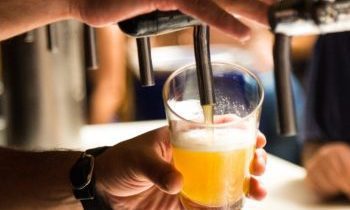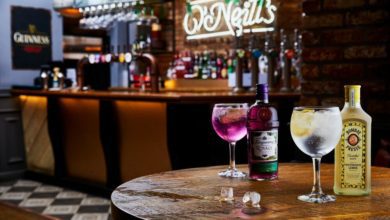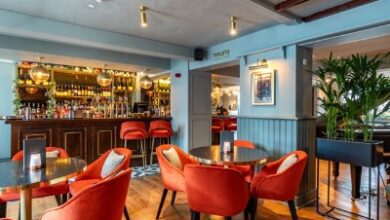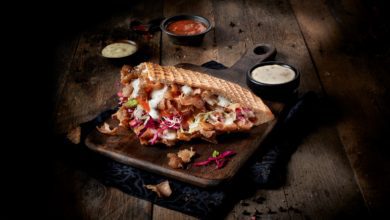
Register to get 1 free article
Reveal the article below by registering for our email newsletter.
Want unlimited access? View Plans
Already have an account? Sign in
In recent years, the ready-to-drink (RTD) category has seen monumental growth. In fact, RTD volumes have been increasing faster than any other major drinks category since 2018, and are expected to ‘significantly’ surpass the total alcohol market by 2025.
Within this, it’s RTD cocktails which are driving the most growth in the category, predicted to take 26% of the total RTD category by 2026 – compared to 20% for hard seltzers.
It’s a trend that was initially kick-started by Covid-19; national lockdowns created a huge demand for RTD cocktails in the off-trade, as people looked to recreate their favourite bar tipples at home. Then, as hospitality venues began to re-open, it was clear that the benefits of RTDs had also come to the surface for those in the on-trade industry too.
As the sudden surge in popularity quickly made it evident that it’s more than possible to enjoy a fresh, great-tasting cocktail from a bottle, the industry has been increasingly recognising the benefits that RTDs can offer to bars, restaurants, clubs and even cafés – resulting in more venues incorporating them into their drinks menus.
So what is it about RTDs that is driving this growing trend?
Improving cost-efficiency
One of the main advantages that make RTDs attractive to the on-trade is the cost benefits that they can offer – and these are multi-faceted.
Not only are RTDs cost-effective in themselves, but stocking the drinks also drastically increases speed of service – leading to happier customers who are likely to spend more at the venue if they’re enjoying their experience, but also meaning that bars can increase profits as they’re able to serve more customers.
On top of this, stocking RTDs can also help to reduce costs associated with staffing. With skill shortages proving a major challenge for the hospitality industry as a whole, RTDs mean that venues don’t need to hire such highly-skilled bartenders – making it easier to fill vacancies, and also meaning venues can reduce salary costs for these roles.
Alongside this, it also helps venues to cut back on their training budgets required to upskill their existing staff in cocktail making.
Helping stock management
RTDs offer a number of benefits in terms of stock management, as single-serve RTDs, in particular, can help to reduce wastage for bars by preventing unused ingredients – ultimately resulting in cost savings.
Additionally, they offer easier stock management for staff to see exactly which flavours are proving popular with customers and which are less so – allowing them to amend their future orders accordingly.
Consistent high-quality
Alongside the benefits for the industry, RTDs also offer a clear benefit for the customer too – consistency.
Serving RTDs means there’s very little room for error from the bartender, ensuring consistently fresh, high-quality cocktails for customers time and time again – helping to not only improve bar sales but also reduce wastage from unsatisfied punters.
However, serving RTD cocktails from a bottle doesn’t mean that customers can’t also have the bartender experience that they look for from the on-trade.
Suitability for all venues
Another thing that makes RTDs so appealing to the on-trade is their versatility for all types of venues. Whether it’s a fast-paced nightclub, a country pub, a hotel bar, an intimate restaurant, or a day-time café, RTDs offer the perfect solution for any venues that lack the time and space to make cocktails from scratch, but still want to offer a premium cocktail to their customers.
With all this said then, it’s no surprise that more hospitality venues are increasingly looking to leverage the benefits that RTDs offer. And with all the market data predicting an upwards trajectory, and even the likes of Coca-Cola and Jack Daniels eyeing up a slice of the RTD pie, it’s clearly a trend that’s only going to gain further momentum.







